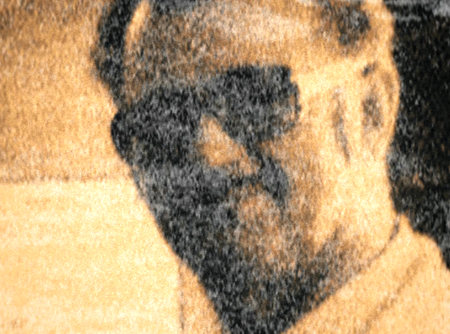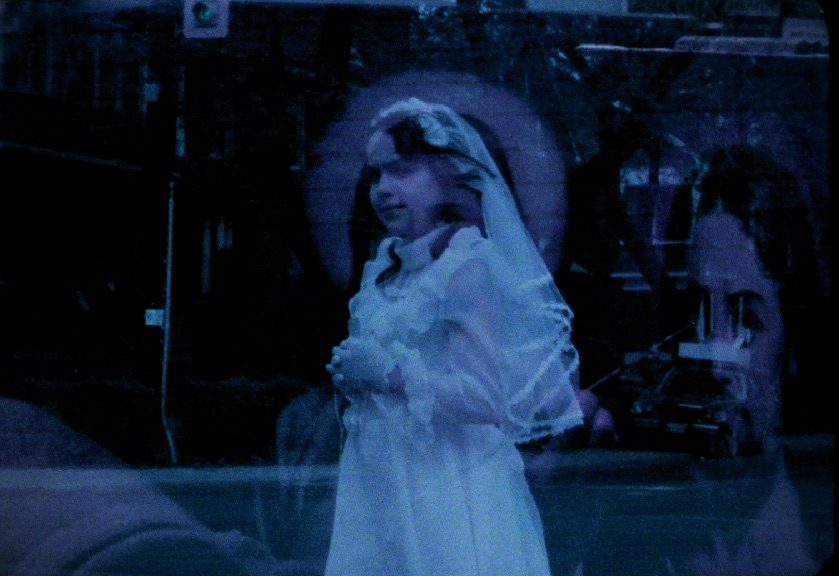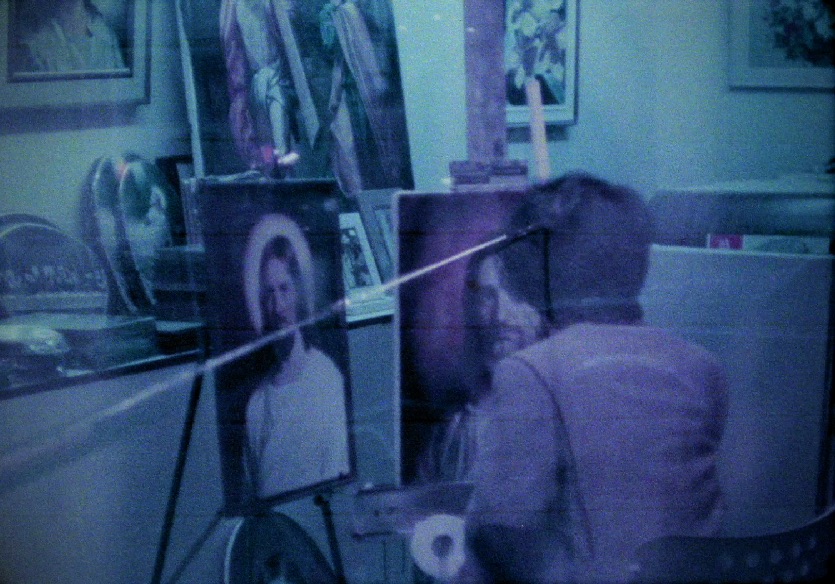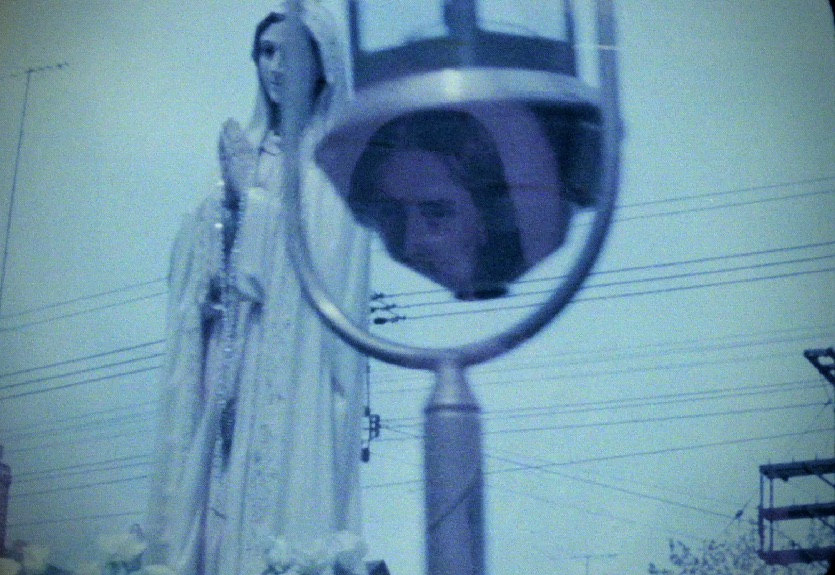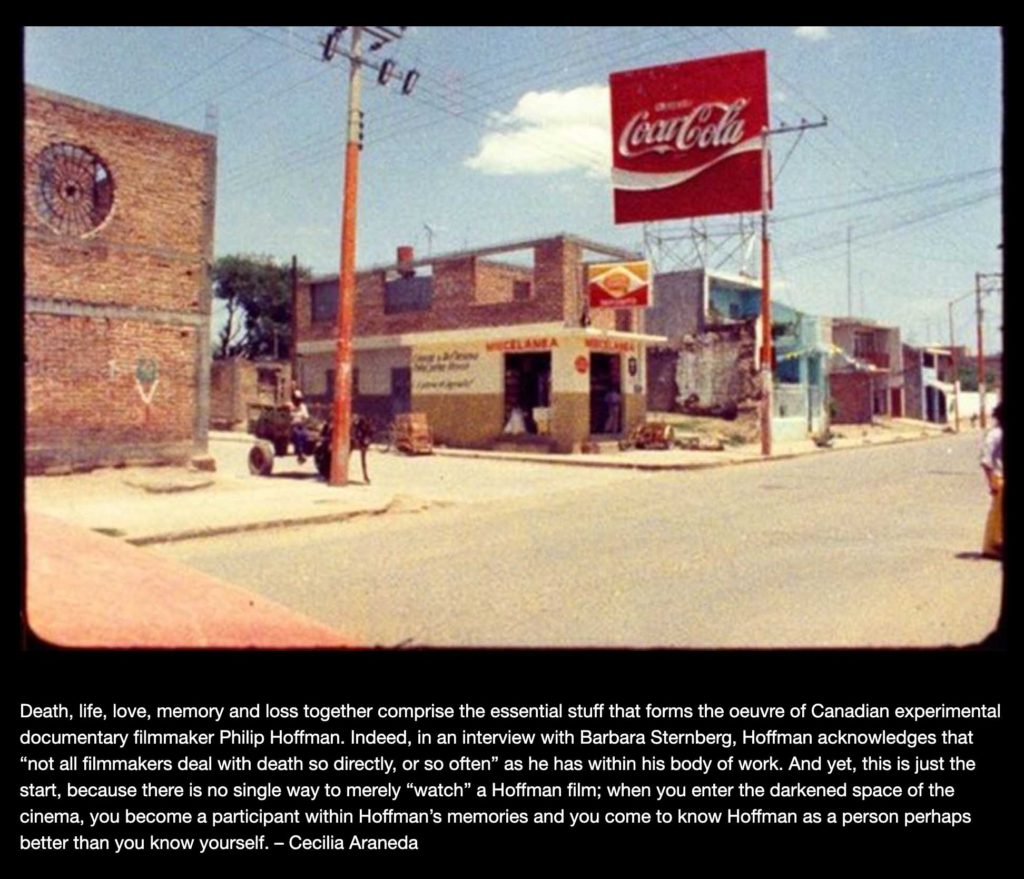“Who has not marveled at the triumph of slow motion? At the end of every sporting event the decisive moments of the past hours float past in a dreamy montage, everything slowed to a crawl, as if it had occurred days, even years ago, part of a past that seems already out of reach, filled with bygone charms. The pages of Vimeo and YouTube have delivered us to a global tidal wave of slow motion magics, where heroines of time are caught in the full thrall of their secret erotic life, their faces filled with hand grenade smiles and arms stretch beyond the horizon with an inflated heroism. In his too familiar essay, Walter Benjamin wrote about slow motion as a way to defeat capitalism. He imagined that hidden within our everyday gestures were a cornucopia of unseen resistances, that our bodies performed a micro-politics of nay saying that the camera would at last reveal. But the digital revolution appears to have unveiled these once hidden intervals as another area of over exposure, bent beneath the first law of digital culture: that everything should be visible, bright, clear, tagged, identifiable. The surveillance state insists: there is no outside.”
